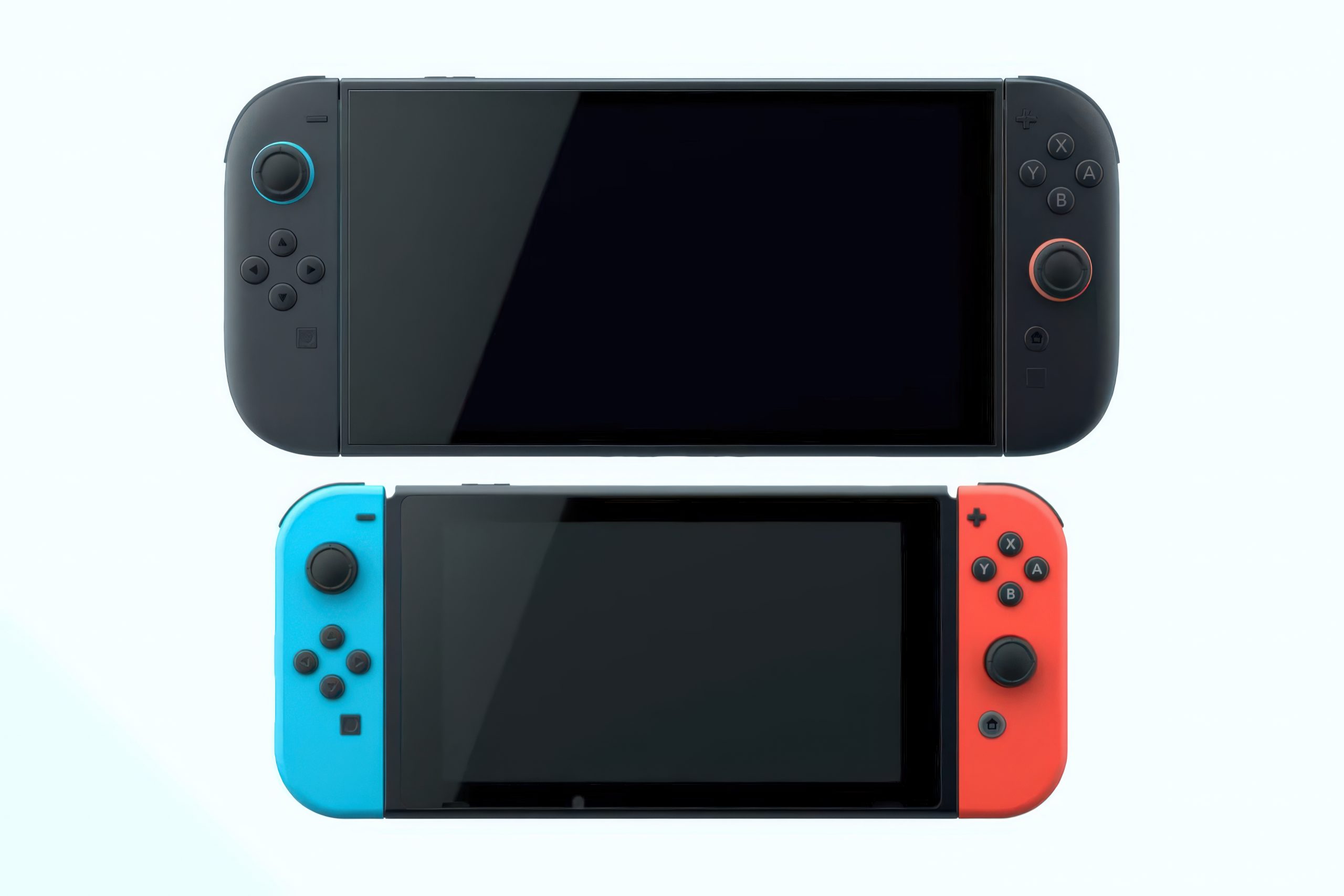Criticism continues to mount against the Nintendo Switch 2’s screen following its recent launch, with Monitor Unboxed’s technical evaluation providing fresh insight into its performance limitations. Beyond prior complaints about HDR limitations and VRR inconsistencies, new latency measurements reveal the display’s sluggish reaction times.
Using manual gray-to-gray transition tests across 60Hz operation (the current ceiling for supported games), researchers recorded an average response of 33ms—significantly slower than mainstream gaming monitors (6-20ms range) and even trailing the original Switch’s 21ms result by over 50%. This lag persists despite hardware upgrades including a 1080p resolution panel, enhanced brightness, and expanded color coverage (98% DCI-P3 vs. prior 79%).
Industry analysts speculate the omission of Overdrive circuitry—a common latency-reduction feature in modern displays—may stem from power consumption concerns. Such technology typically demands additional voltage, potentially jeopardizing battery longevity on a portable device already straining its power budget with a larger 7.9-inch screen and higher pixel density.
At 60Hz refresh rates, the panel’s 33ms response exceeds the 16.7ms per-frame threshold, causing visible motion blur during fast-paced gameplay. Monitor Unboxed’s visual demonstrations highlight trailing artifacts, while skepticism remains about the advertised 120Hz mode’s practical benefits given the underlying hardware constraints.
Long-term improvements may depend on adopting OLED technology, which typically delivers near-instantaneous response times alongside superior contrast—a potential remedy for both motion clarity and underwhelming HDR performance. For now, the LCD panel’s main advantage lies in its color accuracy upgrades over its predecessor.
Despite these technical shortcomings, market response remains overwhelmingly positive, underscoring Nintendo’s ability to prioritize accessibility and gameplay innovation over cutting-edge display specifications.

